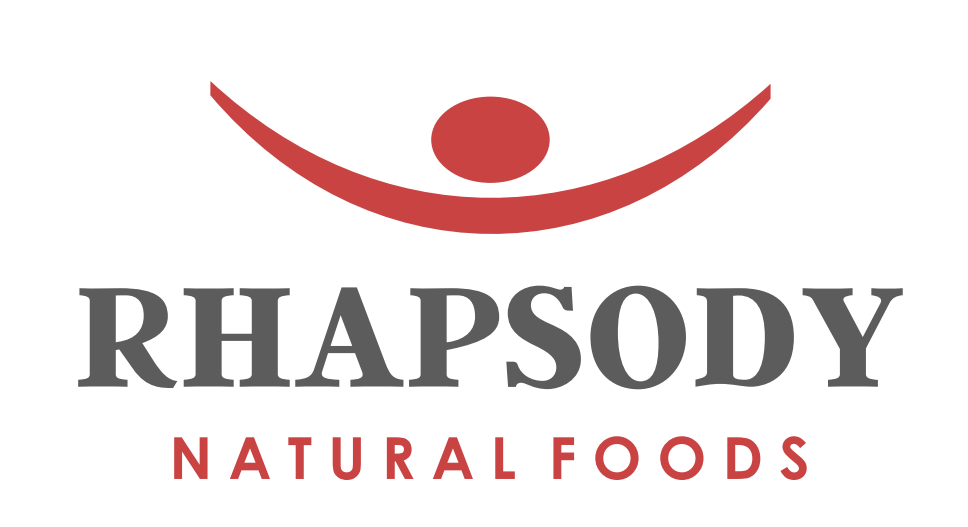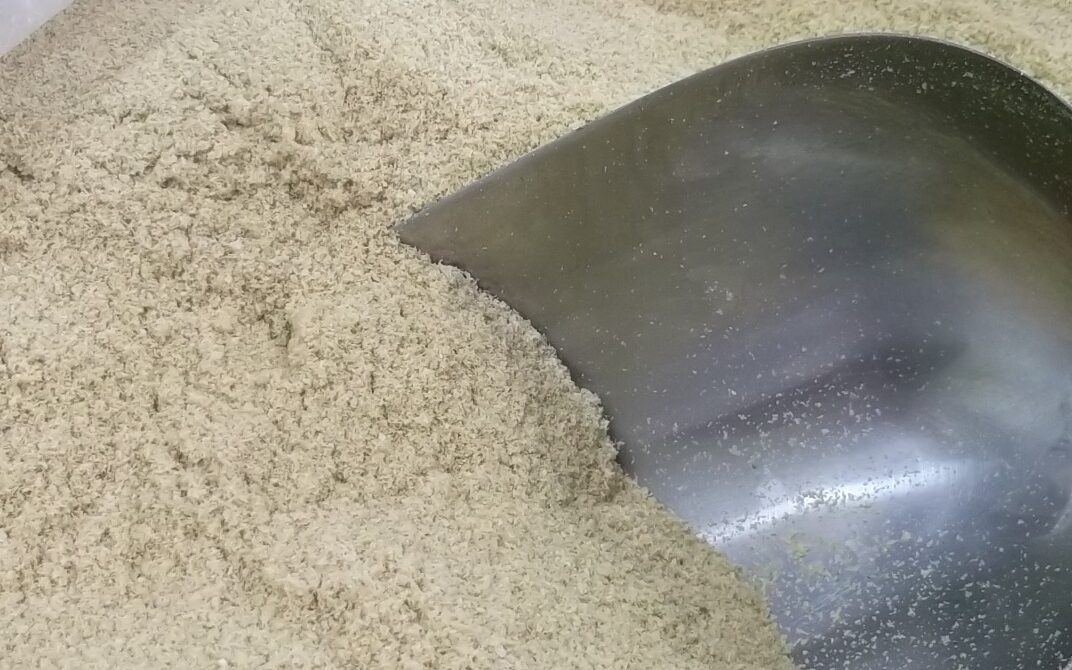Tools needed:
- Medium pot with lid, double boiler, or large pot with lid
- Masher or meat grinder
- Fermentation container with lid (or pickle press)
- Wooden spoons
- Measuring cup
- Cloth to cover miso
- Heavy stones for weight
- Probe thermometer
- Flame diffusers
- Blender (optional)
- Mason jars with lids
Ingredients
- 1.5 lbs rice bran (nuka)
- 3 cups water
- 1/3 – 1 cup salt (about 15-25% of the rice bran)
Roast the rice bran over a low flame until it gives off a pleasant nutty flavor and the color has turned a darker gold. Let it cool. Boil the water with the salt and let it also cool.
Mix the liquid with the bran and put it in a crockpot or other non-reactive container. Some say that mixing by hand is essential to get the fermentation process going. Live organisms in the air might take longer to get really in there to do their job. Wait a few days before putting your first vegetables in the mash so the fermentation can get started properly.
Next push any cleaned and washed vegetables into the paste. In general, the firmer the vegetable the longer the pickling time. Chinese cabbage or sliced cucumber, for instance, can be eaten the next day, but experiment with the length of time you leave anything in the paste and the flavor they develop.
If you have the time and patience, dry some vegetables ahead of time like daikon, radishes, carrots, or watery vegetables to reduce the amount of liquid going into the paste.
Maintenance: Every time you take a pickle out add some roasted bran and salt to replace what has been taken out. You can keep going like this for years, but it requires care and attention. Stir daily, especially during the warmer months, to add oxygen and keep a friendly fermentation going. Don’t leave vegetables in too long as they tend to acidify the paste.
When the paste becomes too runny soak some old, dry pieces of bread in it, or if it is really wet drain it in cheesecloth. You can hold the pickling paste over when not in use, for quite a while actually, by draining the liquid and adding several tablespoons salt to prevent spoilage. Also, sprinkle salt on top to prevent mold growth. Leave the crock in the refrigerator and cover it with a heavy object.
VARIATIONS
MISO: As a variation, you can add miso to the paste to introduce other enzymatic activity and add flavor. The younger lighter misos lend themselves very well for this. They impart a new sweetness and depth of flavor to the pickles. Simply add several tablespoons of miso to the mix. Make sure you use unpasteurized miso if you want to benefit from the live culture these miso contain.
BREAD: Adding sourdough bread, from San Francisco to dark rye, will also bring its own benefits. New flavors and microorganisms that can surprise you.
ADDED NUTRIENTS, FLAVORING, MICROORGANISMS: By adding eggshells, garlic, ginger, seeds and spices, and kelp or dulse, even (dried) fruit, a little wine or beer.


It is one of the best alternatives of dairy milk and contains most carbohydrates compared to almond and soy milk which is considered as one of the key drivers for the growth of the market.